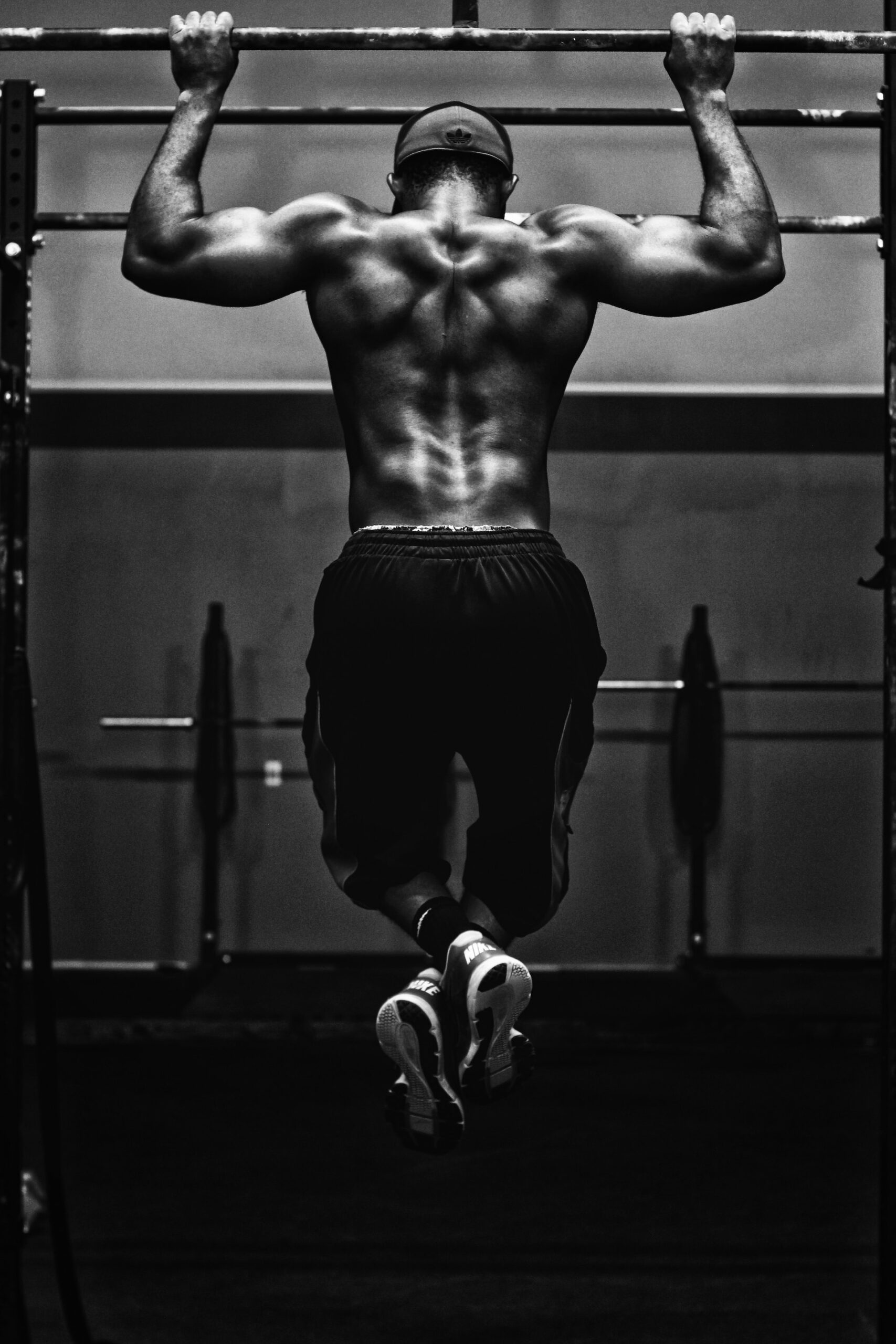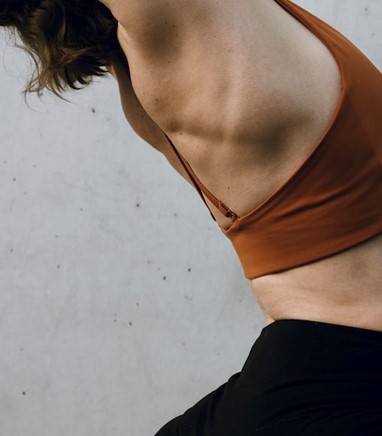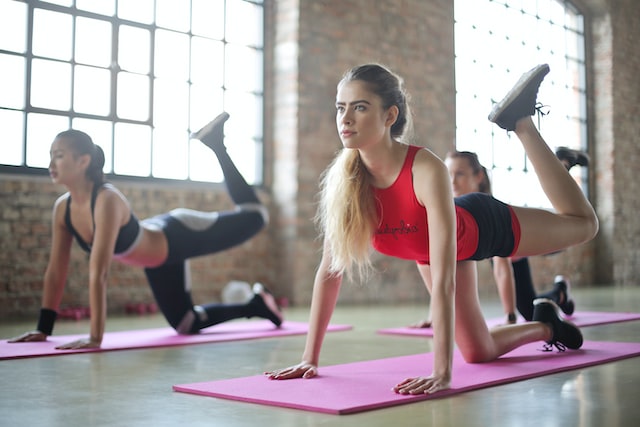Exercising is critical to maintaining our health. Both physically and mentally, there are many benefits to going to the gym or out for a jog. However, a type of training called bodyweight exercise differs from the rest as it requires no special tools or machines. This type of strength training is unique because it uses one’s body weight against gravity. Here are some benefits of bodyweight workouts:
Full Body Workout
Rather than isolating one or two parts of the body at a time, bodyweight workouts like squats, planks, and push-ups are highly beneficial to strength training because they work out the entire body. All muscle groups are being utilized and actively fighting against gravity from the core to arms, legs, and back.
Versatility
Since bodyweight workouts don’t require machines or equipment, they can be performed virtually anywhere. These workouts can be done quickly and at any time of the day, which is great for anyone with a busy schedule.
Balance and Flexibility Improvements
Making bodyweight exercises part of one’s workout can help with everyday activities. During a bodyweight workout, the body has to stabilize itself actively by fighting against gravity and stretching many body parts simultaneously. Those who do bodyweight exercises will have their balance and flexibility increase noticeably.
Dr. Barbara R. Edwards, Princeton Internist, practices at Penn Medicine Princeton Health in the Penn Medicine Princeton Medical Center. She is also the Academic Director for the Ambulatory Residency Program at Penn Medicine Princeton Health.






